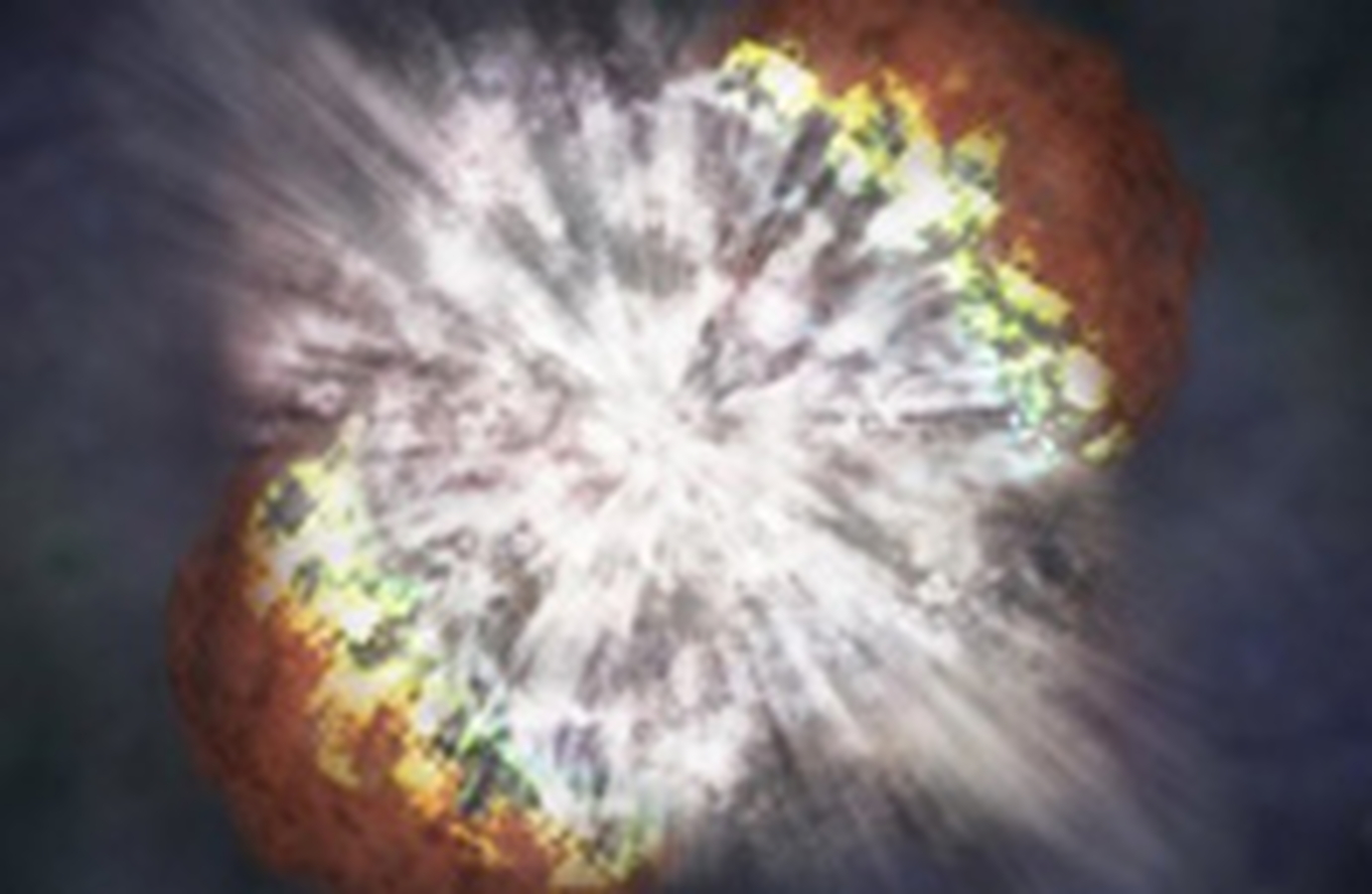Overview
Massive stars are diverse and are shaped by many parameters beyond their initial mass, including, for example, their natal metallicity, spin and magnetic field. As it turns out, most massive stars are in multiple systems, and interaction between members of such systems plays a key role in the evolution of the component stars, adding further divergence to the range of possible final outcomes. And indeed, the landscape of massive star explosions turns out to be ever more complex, with new phenomena and even totally new classes emerging at a surprising pace, as we discover large numbers of events. I will review some of this newly found complexity and will describe efforts to entangle the connections between explosions and their progenitor systems using recently commissioned instruments, as well as powerful new capabilities that will become available in the coming few years.
